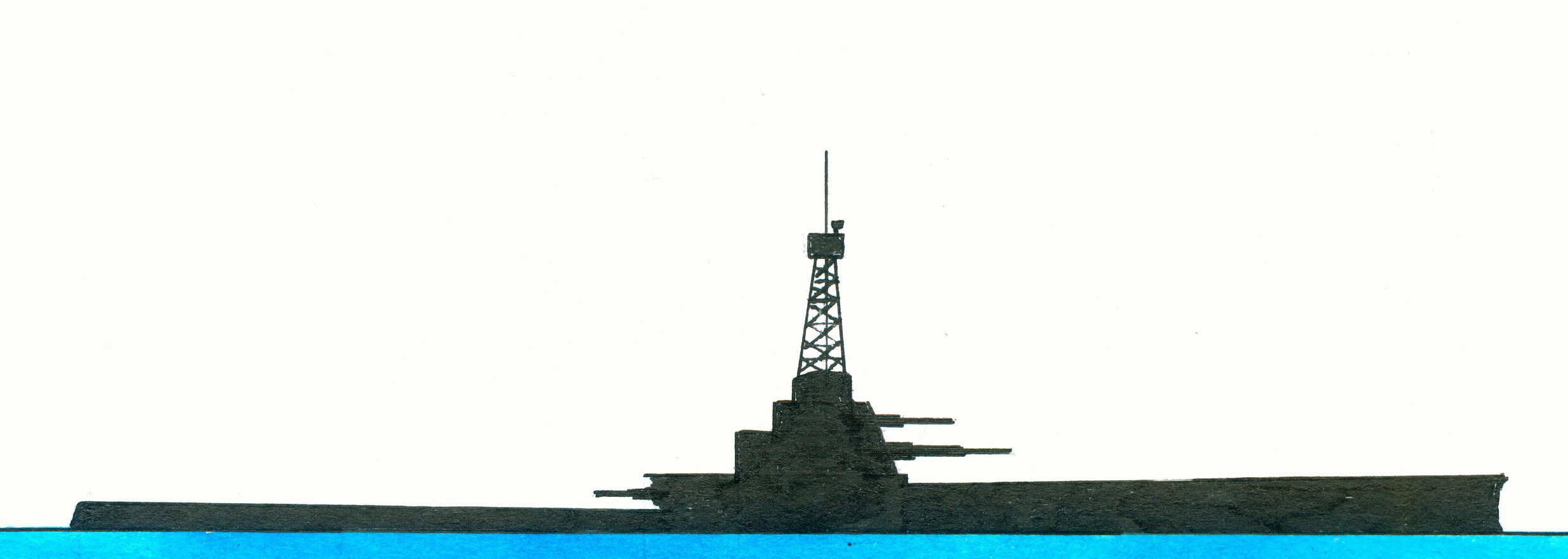Translate
Monday 30 May 2016
An Italian monitor-design as alternative for a Dutch dreadnought according to the Dutch magazine Wetenschappelijke bladen dated 1912 deel 1 no. 2
An item dealing with the by the Dutch minister of navy proposed battleship mentioned that it was far from easy to come with an advice how to handle this issue regarded the available budget and the necessity of defending the Netherlands and the colonies. For this purpose published this magazine topics from foreign magazines to supply more background information. One major conclusion was that in the Dutch East Indies coastal defence was not enough meaning that except for torpedo boats and submarines also gun ships were needed. The Royal Netherlands Navy which was at that time a minor navy and did not possesses large gun ships except for some coastal defence ships. The necessity of dreadnought was discussed. At the moment that a decision was made to build a dreadnought, broke the First World War out. Dreadnoughts were never realized for the Royal Netherlands Navy. The same happened decades later. The Second World War prevented the building of battle cruisers. Dreadnoughts and battle cruisers were mainly to be used for the defence of the Dutch East Indies.
As an alternative for a dreadnought suggested the magazine to build an ocean going monitor, like the one discussed by engineer L. d’Adda in the Italian magazine Revista Nautica. The suggested monitor had a displacement of 8.200 ton and as dimensions 107,5 x 20 x 7,62 metres. The machinery was to consist of 12 engines (for instance diesels) with a total horsepower of 12.600 hp driving 6 screws (3 shafts/2 screws each shaft) allowing a speed of 22 knots. The armament was to consisted of 3-35,6cm guns, 2-19cm guns and 8-10cm guns. In the middle of the ship was an armoured redoute planned in which the 10cm guns were placed. On top of the redoute came an armoured turret with the 35,cm guns and on a higher level the 19cm guns. On top of this turret was the conning tower. The thickness of the armour of the gun turret and the redoute was to be 40cm. Further more were other parts of the ship to be armoured although of an decreased thickness like an armour deck. Using engines instead of turbines or piston rod driving engines was preferable while no funnel was needed allowing the gun turret a range of 360 degrees, none boilers meaning decreased weight, lower weight of the fuel, no smoke meaning less visibility, just the half of the engine room personnel, none loss of time for making steam and so on.

